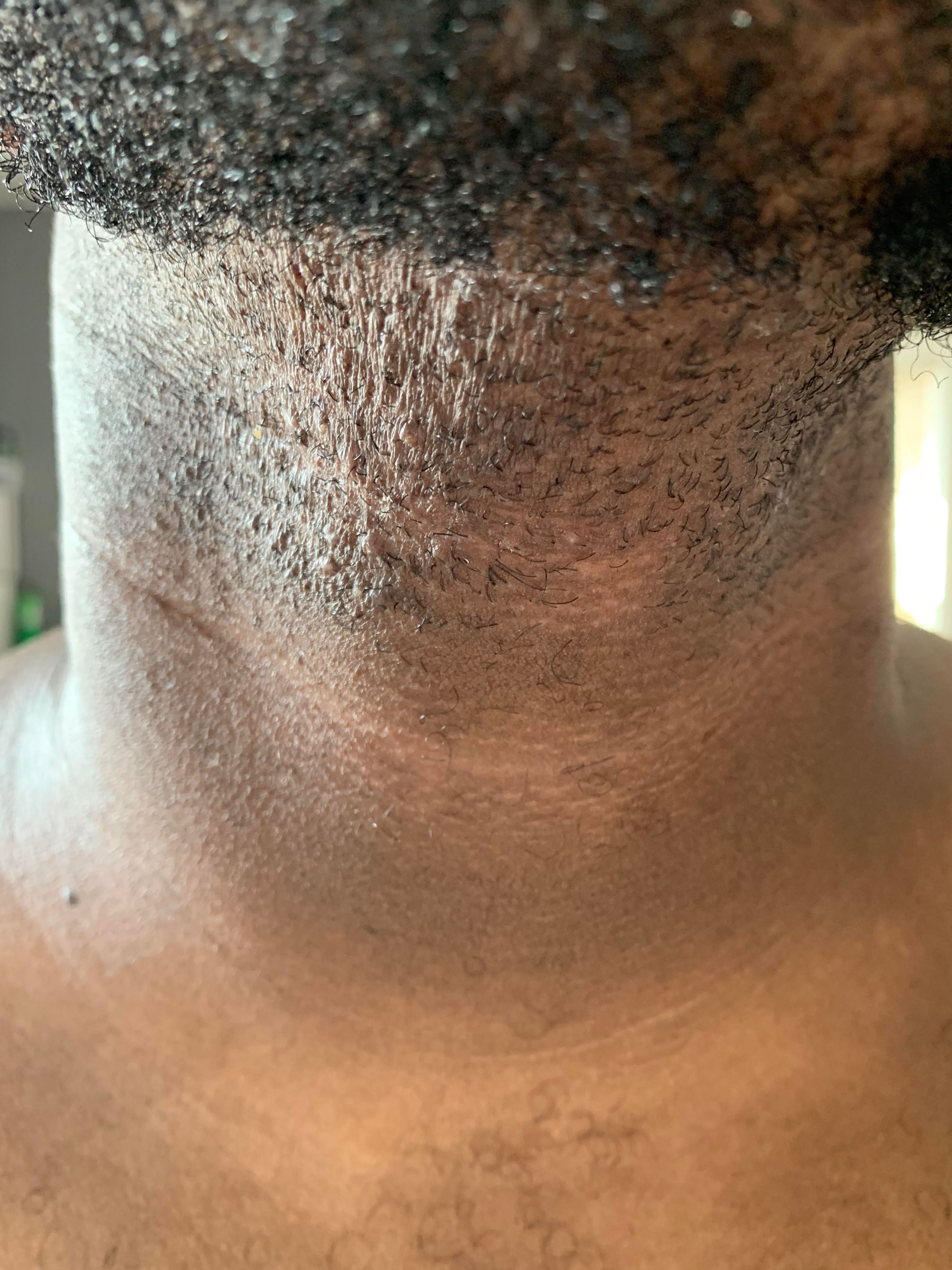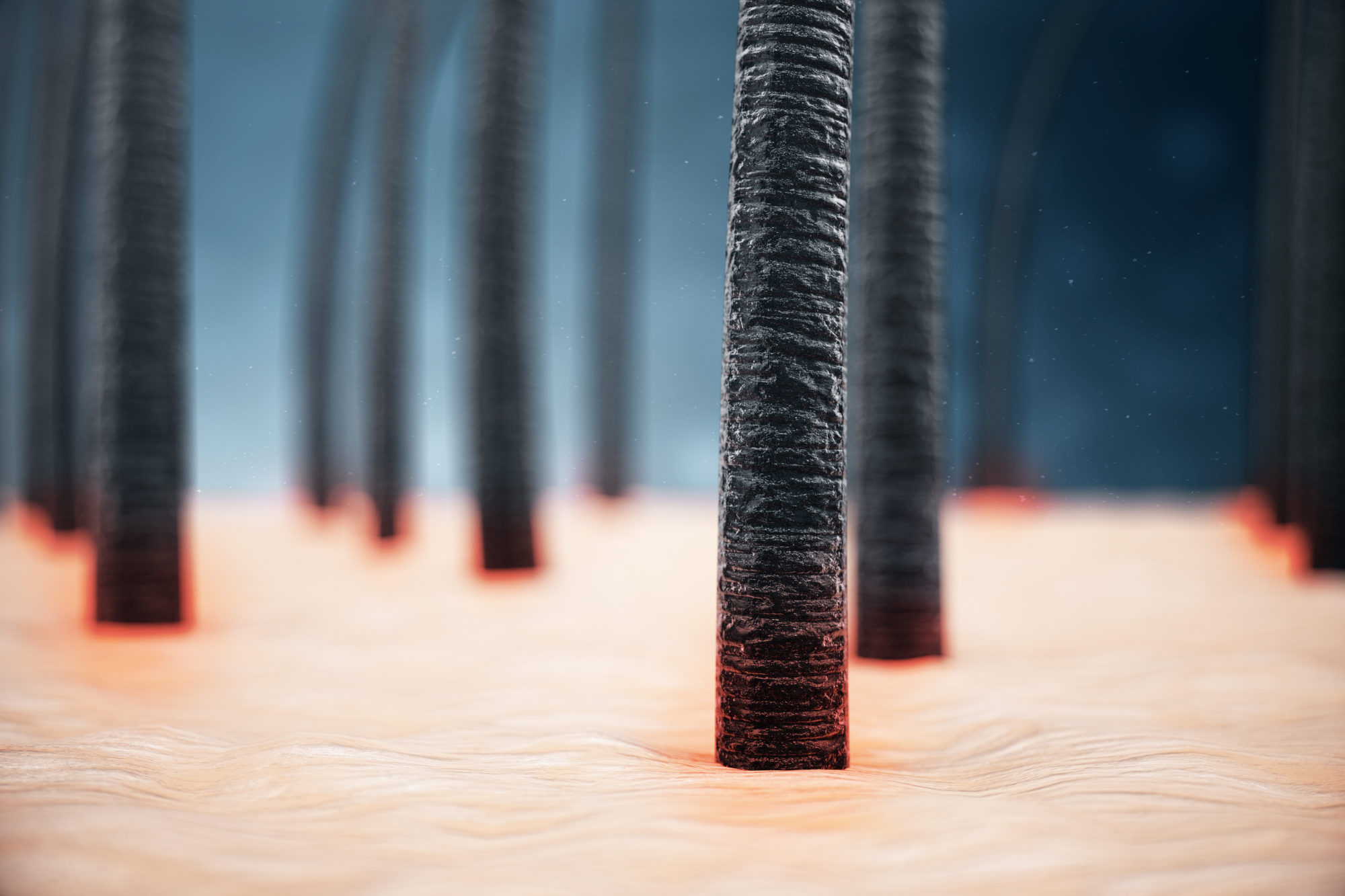Table Of Content

Pores are the small holes in our skin that allow sweat and oil to reach the surface of the glands underneath. Topical and oral antibiotics may be required for severe cases that form pustules and abscesses, which indicate secondary infection. Hair removal creams dissolve the hair and will leave the ends of the hair softer, rather than sharp. But you should wait to use the creams until your skin has fully healed, as it can cause additional irritation.
Management and Treatment
To prevent scarring or infection, don’t pick at, scratch or pop your ingrown hairs. Ingrown hairs are common in areas where people shave. They happen when the skin blocks the emergence of a hair from the follicle, or when a hair grows back into the skin. Preventing ingrown hairs can decrease your risk of related infections. Never pick or pop an infected ingrown hair, as this also increases the risk of complications.
How do you treat infected ingrown hair?
If you continue having infected ingrown hairs in the same area, such as your face, you might consider other methods of hair removal, such as laser treatment. Many types of bacteria can cause infections in an ingrown follicle. While not all ingrown hairs will contract an infection with staph, some can develop this type of infection from a bacterium that usually lives on the skin. Possible treatments for razor bumps include keeping your skin moisturized and discontinuing shaving, which allows your ingrown hairs to grow out. It is also possible to develop a bacterial infection, especially if you are scratching at the ingrown hair.

Diagnosis
Real Women Share Their Pubic Grooming Habits - Women's Health
Real Women Share Their Pubic Grooming Habits.
Posted: Wed, 24 Jan 2018 08:00:00 GMT [source]
Consulting a medical doctor who specializes in dermatology may be necessary for the optimal treatment of more severe cases. Although an ingrown hair can heal on its own and spontaneously dislodge, in some cases, it may be tough to get rid of it. Extrafollicular penetration can occur because shaving produces short hairs that are sharp enough to enter the skin. Transfollicular penetration can occur if you stretch your skin while shaving. You can’t always prevent ingrown hairs, but you can take steps to lower the chances of them developing. Exfoliation should be approached carefully, as it causes inflammation, which leads to hyperpigmentation and may not be very helpful in resolving ingrown hairs.
Ingrown Hairs (Pseudofolliculitis)
Antibiotics are necessary to treat staph infections. However, a person may find temporary symptom relief by taking over-the-counter painkillers or holding a clean, cold compress over the wound. If the staph infection is resistant to antibiotics, a doctor can discuss appropriate alternative treatments with a person.
Frequently asked questions about ingrown hair cysts
Got a Burning Question? Calm Your Panic With 'STD Triage' App - WIRED
Got a Burning Question? Calm Your Panic With 'STD Triage' App.
Posted: Fri, 08 Mar 2013 08:00:00 GMT [source]
Try to avoid pulling or stretching the skin as well. If you want to continue shaving, you should consider using a razor with a skin guard. Or, you can swap out razors entirely and use electric clippers or hair removal creams instead. Because they tend to have tightly curled hair, people of African descent are more likely to have ingrown hair. The tight curls can more easily curl back into the skin and also can become sharper after shaving because of the curl's angle. If these at-home remedies aren’t working, step away from the tweezers and call your doctor.
If the site of the ingrown hair acquires an infection with Staphylococcus aureus, it can cause itchy bumps, pain, flushed skin, and pus. Epilation zones set of line icons in vector, editable stroke. Illustration legs shins and thighs, hands and bikini area, face lip area and armpits, tendency to ingrown hairs.
Can you prevent an ingrown hair cyst?
When new hair forms, if the hair follicle is closed up, hair can't grow out of the follicle and through the skin. Closeup of caucasian skin with ingrown hair and man short beard. Close up of caucasian skin with many ingrown hairs. The core goal of treatment for any of these cysts is to reduce their occurrence by keeping your skin exfoliated and moisturized. Body washes and lotions made with gentle glycolic acid will help.
How can I prevent ingrown hair?
Razor bumps that emerge after shaving, known as pseudofolliculitis barbae, can become pustules, papules, or cysts resulting from ingrown hairs. While some cases resolve on their own, there is a possibility of infection, which requires treatment. If ingrown hairs won’t take a hike, you may need to forgo shaving, waxing or tweezing that area. Consider alternative hair removal options, like laser hair removal.
You may also be at greater risk of developing bumps with ingrown hairs if you have naturally curly hair. Keep reading to learn about the types of ingrown hair cysts, and how to treat and prevent them. In chronic or inadequately treated situations, post-inflammatory hyperpigmentation, scarring, and rare keloid formation may occur.
Treatments for an infected ingrown hair vary based on the type and severity of the infection. Your healthcare provider can help you decide how to address your ingrown hair directly. You can also try other hair removal methods that are less likely to lead to ingrown hairs. Those include creams that dissolve hair and a laser or electric current (electrolysis) to remove the hair follicle for good.
For example, prescription steroid creams can reduce inflammation, and prescription-strength antibiotic creams can treat the infection. These infections respond well to antibiotics, which a person may take orally or apply topically. In rare cases, an individual may need intravenous antibiotic treatment if the infection has spread throughout their body. Staph is one of the most common reasons for skin infections in the United States each year. These infections are mostly mild, and doctors can often treat them successfully with oral or topical antibiotics. In 2017, there were more than 119,000 cases of bloodstream staph infections.

No comments:
Post a Comment